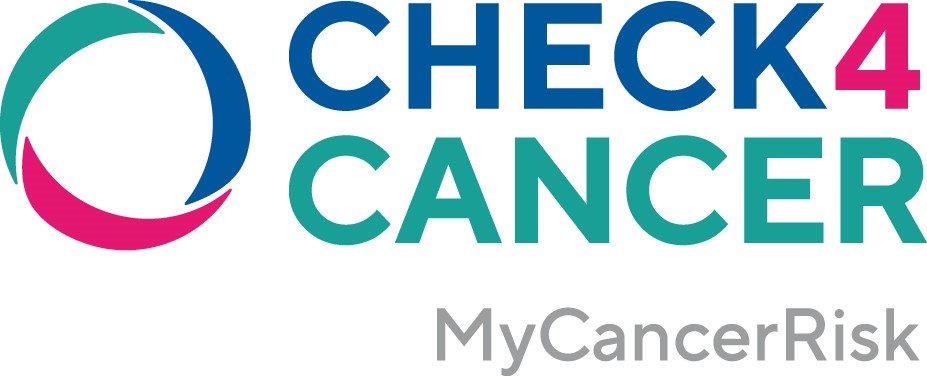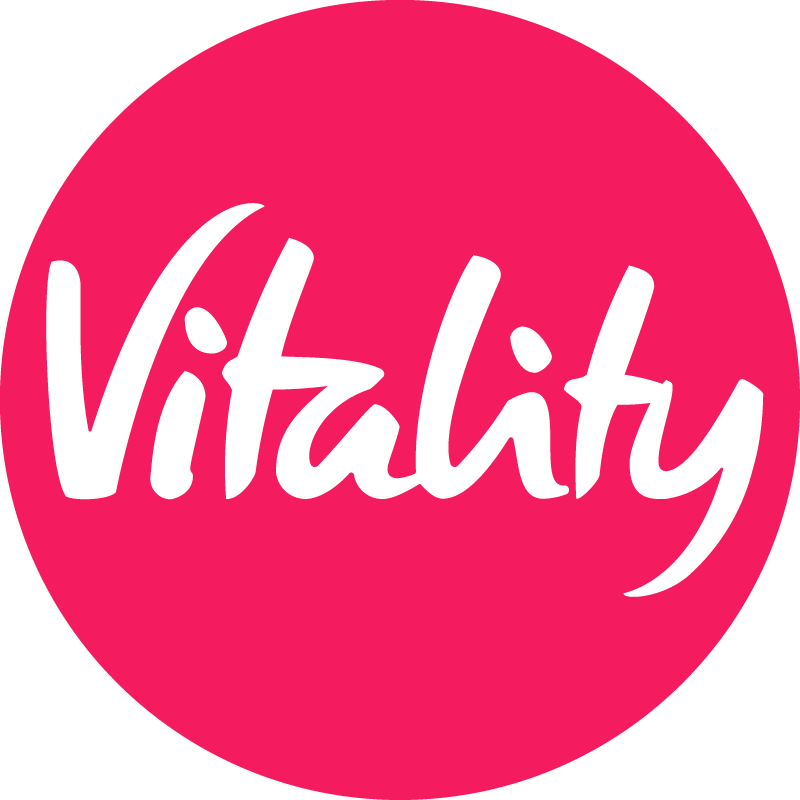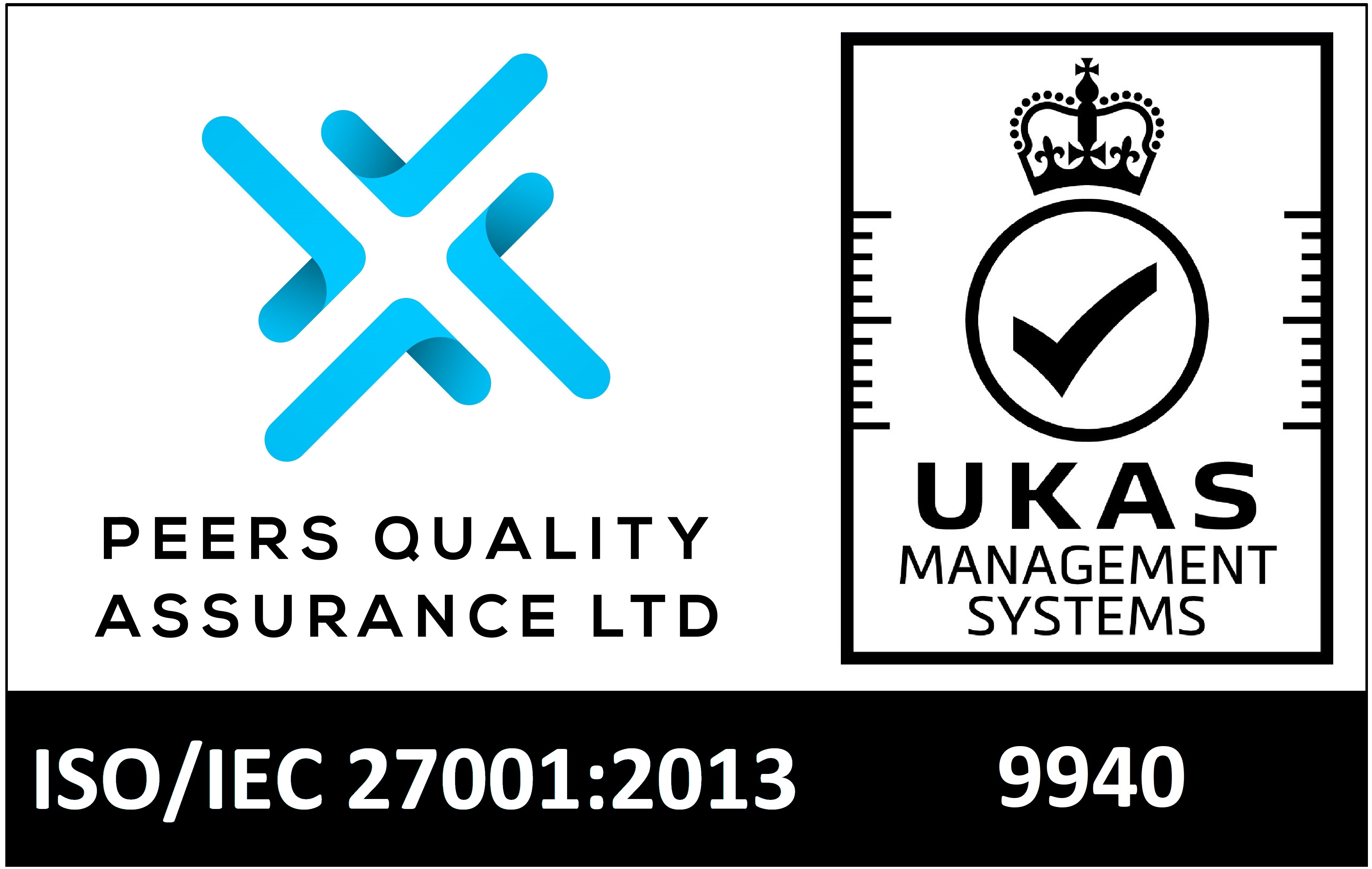Breast Cancer Awareness Month is marked in countries across the world every October, helping to increase attention and support for the awareness, early detection and treatment of this disease.
Maria Daultrey, Check4Cancer’s specialist breast cancer nurse discusses how every woman should become ‘Breast Aware’ by regularly checking their breasts. Awareness of any changes to your breast means that if breast cancer is detected early, there is a very good chance that it can be treated successfully.
What is being breast aware about and why is it so important?
Being breast aware is about becoming familiar with how your breasts look and feel, whatever your age, so that you can notice changes that may be related to breast cancer symptoms.
Depending on your age, your breasts may change at different times during the month, if you are breast aware, you will recognise your normal changes and if you find anything different you can take decisive action to get help.
What should women be looking out for when checking their breasts?
Breasts come in all shapes and sizes. We all have our own “normal”, breast awareness is simply about getting to know your ‘normal’ as everyone’s ‘normal’ is different. When exploring your breasts look at yourself in the mirror with your underclothes off. Look at their shape and size, from the front and then turn to each side, see how they move when you lift your arms up. Often breasts do not match one may hang lower or look smaller, this is your own ‘normal’ and I like to use the analogy that your breasts are ‘sisters’ and not ‘twins’.
You should become familiar with what your ‘normal’ is, then, if you notice anything that does not belong to you you can get this checked out. The signs to look out for include unusual changes in the breast shape, size or skin colour, any new lumps in the breast or armpit or any unusual changes to the nipple or nipple discharge.
How often should women check their breasts?
Checking your breasts at the same time of the month will help you identify any early changes.
- Pre-menopausally - the best time to check your breasts is in the week after your period has finished, at this time they should be less tender and lumpy.
- Post-menopausally - choose a convenient time when to check your breasts, perhaps in the first or last week of each month.
The key to checking your breasts is to be consistent with the time in each month that you choose and making sure this becomes a habit.
What should women look out for when checking their breasts?
Breasts are full of glandular tissue (milk ducts and milk lobules) and fat, so they may ‘normally’ feel lumpy and bumpy especially pre-menopausally during your monthly cycle. Understanding the difference between your normal lumps and bumps and ones you should be suspicious of is important to identify early signs of breast cancer. That’s why it is so important to get into the habit of checking your breasts monthly and getting to know what is ‘normal’ to you.
Changes that you should be aware to report:
- A new lump or thickening in the breast which is different to the rest of the breast tissue.
- One breast becoming larger or looking different than the other breast.
- Nipple changes - invertion ( pulling inwards) , a rash around the nipple, nipple discharge especially blood stained.
- Changes in the contour of your breast – dents, dimples or skin puckering.
- Swelling in the armpit or around the collarbone.
- Continuous unilateral breast pain in one part of the breast or armpit.
Below is a handy visual guide that you can refer to each month.

Breast lumps that you should be suspicious of have the following characteristics:
- Lumps that are firm on palpitation.
- Lumps that feel irregular.
- Lumps that have skin tethering around them or other skin changes.
- Lumps that are situated in the inner half of breast.
- A lump that is growing rapidly.
If you find a new lump please get it checked, only 5-10% of suspicious lumps that are checked in a triple assessment clinic turn out to be cancer.
A self-breast check only takes a few minutes and the breast awareness five-point code, shown below, is simple step-by-step approach to follow:

How can women reduce their risk of breast cancer?
Several changes to your lifestyle can significantly reduce your risk of breast cancer including:
- Having children, especially at a younger age, and breastfeeding.
- Reducing your weight if overweight or obese.
- Increasing your physical activity.
- Reducing your alcohol intake.
- Avoiding combined HRT or oral contraception where possible.
- Having regular breast cancer screening from age 40+, depending on your risk.
Do underwired bras cause breast cancer?
I often get asked if underwired bras can cause breast cancer, the answer is no, but you should wear a well-fitted bra for comfort and support.
Does taking the contraceptive pill or HRT increase your risk of breast cancer?
If you take the combined oral contraceptive pill then yes your risk of breast cancer will slightly increase however, it can decrease the risk of ovarian and womb cancer (once you stop the pills your risk will return to your normal risk). However, the protective effects outweigh the risks, but each person's risk will be different. You should talk to your GP about the risks and benefits for you.
Whilst taking combined HRT (hormone replacement therapy) there is a small increased risk of breast, ovarian and womb cancer, however, the benefits may outweigh the risks factors and the risk returns quickly to normal after stopping HRT. You should talk to your GP about the risks and benefits for you.
(Women who stay on HRT for longer periods of time ie.10 years or more, may be at higher risk of breast cancer).
Why is early detection key for breast cancer survival?
80% of women diagnosed with breast cancer have no family history and younger women who contract breast cancer have a higher mortality rate than older women who have breast cancer.
Awareness and early detection of any changes lies at the heart of effective treatment for breast cancer, so do make sure that you take time to check your breasts; and don’t hesitate to let your GP, or specialist, know about any changes that don’t seem normal for you; no matter how small.
Maria Daultrey – Check4Cancer Breast Nurse Clinical Lead
Maria qualified as a nurse in 1979 and during her career chose to specialise in women’s health, both sexual and contraceptive. In 1996 she became a Clinical Breast Care Nurse Specialist in both the NHS, the private sector and the West Sussex Breast Screening Service, providing support and counselling to both patients and their families in the diagnosis and treatment of breast diseases. Maria continues to work in Sussex as a Clinical Breast Care Nurse Specialist /Lead Nurse and Nurse Practitioner as well as working as Clinical Breast Nurse Lead with Check4Cancer .
Maria has a wealth of experience in women’s health and believes passionately that women should have access to a first class breast care service.




